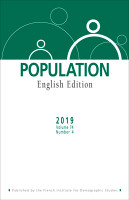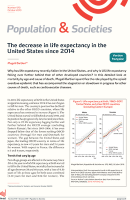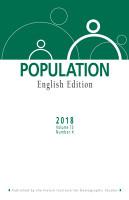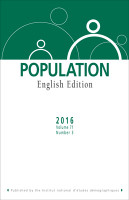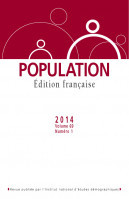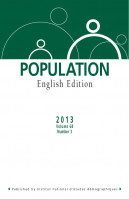
@@src2@@
The Demography of Canada and the United States from the 1980s to the 2000s
Collection : Demographic situation
2012, 108 pages- Demographic history
- Spatial distribution and population diversity
- Demographic growth
- Fertility
- Nuptiality and divorce
- Contraception and induced abortions
- Life expectancy, infant mortality and mortality structure
- Causes of death
- Geographic and social disparities in mortality
- International migration and migration policy
- Age structure and demographic ageing
- The demographic future
Canada and the United States have enjoyed vigorous population growth since the early 1980s. Although mortality is slightly higher in the United States than in Canada, this is largely offset by much higher fertility, with a total fertility rate at replacement level, compared with just 1.5 children per woman in Canada. The United States is also the world’s largest immigrant receiving country, although its immigration rate is only half that of Canada, where today one person in five is foreign-born, versus one in eight in the United States. Based on recent trends in fertility, mortality and international migration, the populations of these two North American countries will continue to grow over the next five decades, but at a progressively slower pace. The most acute demographic issue today is not, as in Europe, that of imminent population decline, but rather of the geographic and social inequalities which have increased steadily since the early 1980s and which are reflected in major fertility and health differentials between regions and social groups.






